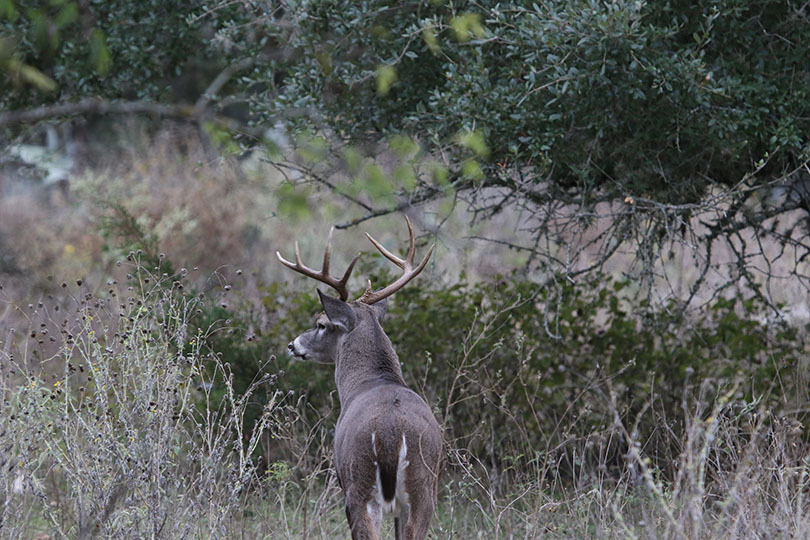By Gary Joiner
TFB Radio Network Manager
How well a deer is handled soon after harvest is the key to a successful end product—whether it’s meat processing, taxidermy work or both, according to a longtime processor and taxidermist.
Don Montgomery owns Montgomery Processing and Texas Country Critters Taxidermy in Waco. He said hunters should first properly field dress their deer while wearing gloves. Then, they should focus on rinsing the animal.
“One of the best things to do, and most important things to do, is after you get it cleaned out is to take a gallon milk jug of water or something with you to wash it out, to rinse it out and to get the excess blood, hair, leaves and grass off of the meat. Because once it’s stuck on there, it becomes real hard to get off,” Montgomery told the Texas Farm Bureau Radio Network. “To get back the best quality meat and the most meat, the better you take care of it in the field, the better end product you’ll get.”
Montgomery said temperature is a big factor to consider when handling the deer.
“You need to get it cold as soon as possible once you’ve taken it down and field dressed it. If bringing it to a processor in the next hour, then you need to be packing it with ice. Put ice inside the cavity to start cooling it off or get it in a walk-in cooler of some sort or something,” Montgomery said.
Deer that are taken to a taxidermist also need special handling, he said.
“It’s important to keep the hair as clean as possible, because the blood will stain the white hairs. And dragging on the ground is also a big no-no,” he said. “That knocks the hair off of the shoulder area. Shoulder mounts are getting more and more of the body mounted. Every year, the forms seem to be getting longer and bigger. So you need to get further and further back behind the shoulder before there’s any damage to the hair or skin.”
He also encouraged hunters to not cape the skin of the deer before delivering it to the taxidermist.
“Even though the customer has good intensions, whenever they go ahead and cape the skin, it’s better to let somebody who’s going to put it back together and let them skin it out, if any way possible,” Montgomery said. “There are certain areas to cut and certain ways to cut that help with the final product of the taxidermy mount.”
Montgomery said damage to a hide is costly to repair. And some types of damage simply cannot be repaired by the taxidermist.
For more information, visit www.texascountrycritters.com.

